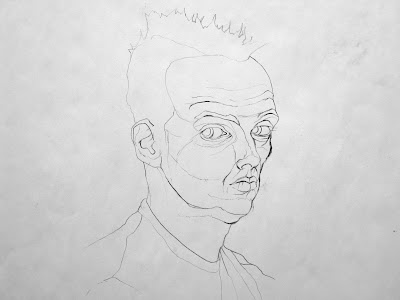 |
| Andrea Mantegna, “Lamentation of Christ,” c. 1480s |
 |
| Piero della Francesca, “The Flagellation of Christ,” c. 1468–70 |
 |
| Raphael, “The School of Athens,” 1509–11 |
 |
| Raphael, “The Marriage of the Virgin,” 1504 |
Leonardo da Vinci, “The Last Supper,” 1495–8
Antonello da Messina, “St. Jerome in His Study,” c. 1474
Pietro Perugino, “Delivery of the Keys,” c. 1481–2
 |
| Titian, “Venus of Urbino,” 1538 |
Masaccio, “Holy Trinity,” c. 1426–28
Masaccio's painting is often cited as the first to employ the technique of linear perspective and this corresponds to his association with Alberti. Alberti's book On Painting (De Pictura) became a major influence on the use of linear perspective throughout the Renaissance. As a side note on the Holy Trinity painting, the translation from the archaic Italian text just above the skeleton at the bottom reads As you are now, so once was I, As I am now so you shall be."











%20-drawing_detail1494.jpg)
Comments